Factors and Multiples by using Division Facts
Factors and multiples by using division facts are explained here. With the help of this operation we shall learn some other terms.
Consider the following factors and multiples by using division facts:
(i)
15 is not completely divisible by 2
i.e., 14 ÷ 2 = 7 or dividend ÷ divisor = quotient
When
a number (dividend) is completely divided by another number (divisor),
then this divisor is called a factor and the dividend is called a
multiple of the divisor.
Here 2 is the factor of the multiple 14.
14 ÷ 1 = 14, 14 ÷ 14 = 1, 14÷ 7 = 2
So the divisors 1, 14 and 7 are also the complete divisors or factors of the dividend (multiple) 14.
Thus, the factor must be a complete divisor of the multiple (dividend).
(ii) 18 ÷ 2 = 9,
18 ÷ 3 = 6,
18 ÷ 9 = 2,
18÷ 6 = 3,
18 ÷ 1 = 18,
18 ÷ 18 = 1
If 18 are divided by 2, 3, 9, 6, 1 and 18, it is completely divided.
Thus, 2, 3, 9, 6, 1, 18 or 1, 2, 3, 6, 9 and 18 are the complete divisors or the factors of the multiple 18.
We may define a factor as the multiplier or complete divisor of its multiple.
A multiple has many but limited numbers of factors.
35 have 4 factors, i.e., 1, 5, 7 and 35.
42 have 8 factors, i.e., 1, 2, 3, 6, 7, 14, 21 and 42.
(iii) Let us find the factors of 24.
By division method
24 ÷ 1 = 24
24 ÷ 2 = 12
24 ÷ 3 = 8
24 ÷ 4 = 6
1, 2, 3, 4, 6, 8, 12 and 24 are the factors of 24
Taking help of division to check multiples
(i) Is 24 a multiple of 8? Use division.
24 ÷ 8 = 3 (No remainder)
Yes, 24 is a multiple of 8.
(ii) Is 56 a multiple of 5? Use division.
56 ÷ 5
Here remainder is 1
56 is not a multiple of 5 because there is a remainder.
(iii) Is 456 a multiple of 9? Use division.
456 ÷ 9
Here remainder is 6
456 is not a multiple of 9 because there is a remainder.
Note:
In division if there is no remainder, the dividend is the multiple of the divisor.
Finding the factors of a number through division
(i) Take a look. Is 5 a factor of 15?
15 ÷ 5 = 3 15 ÷ 3 = 5
No remainder No remainder
5 is factor of 15. 3 is a factor of 15.
Both 3 and 5 are factor of 15.
(ii) Find the factors of 36:
1 × 36 = 36 2 × 18 = 36 3 × 12 = 36
4 × 9 = 36 5 is not a factor of 36 6 × 6 = 36
Note:
No need to do any more division because the factors are getting repeated.
Now we can write the factors like this:
The factors of 36 are:
1 × 36 = 36
2 × 18 = 36
3 × 12 = 36
4 × 9 = 36
6 × 6 = 36
The factors of 36 are 1, 2, 3, 4, 6, 9, 12, 18, 36.
Note:
It is very important to work systematically in math.
(iii) Is 7 a factor of 24?
24 ÷ 7 = 3 remainder 3
Here, remainder = 3
7 is not a factor of 24.
Taking help of division to check multiples
(i) Is 24 a multiple of 8? Use division.
24 ÷ 8 = 3 (No remainder)
Yes, 24 is a multiple of 8.
(ii) Is 56 a multiple of 5? Use division.
56 ÷ 5
Here remainder is 1
56 is not a multiple of 5 because there is a remainder.
(iii) Is 456 a multiple of 9? Use division.
456 ÷ 9
Here remainder is 6
456 is not a multiple of 9 because there is a remainder.
Related Concept
● Factors and Multiples by using Multiplication Facts
● Factors and Multiples by using Division Facts
● Factors
● Even and Odd Numbers Between 1 and 100
● Examples on Even and Odd Numbers
From Factors and Multiples by using Division Facts to HOME PAGE
Didn't find what you were looking for? Or want to know more information about Math Only Math. Use this Google Search to find what you need.
Recent Articles
-
Counting Numbers from 1 to 50 | Match the Number | Missing Numbers
Apr 04, 25 03:46 PM
In counting numbers from 1 to 50, recognize the numbers, count and then join the numbers in the correct number order. Here we mainly need eye-hand coordination to draw the picture and maintain the num -
Counting Eleven to Twenty with Numbers and Words |Numbers from 11 - 20
Apr 04, 25 03:21 PM
Counting eleven to twenty with numbers and words are explained below. One ten and one more is eleven. Eleven comes after ten. One ten and two more is twelve. Twelve comes after eleven. -
5th Grade BODMAS Rule Worksheet | PEMDAS | Order of operations|Answers
Apr 03, 25 03:11 PM
In 5th Grade BODMAS Rule Worksheet you will get different types of problems on mathematical expressions involving different operations, mathematical expression with 'brackets' and 'of' and simplifying… -
Worksheet on Simplification | Simplify Expressions | BODMAS Questions
Apr 03, 25 02:58 PM
In worksheet on simplification, the questions are based in order to simplify expressions involving more than one bracket by using the steps of removal of brackets. This exercise sheet -
Divisible by 2 Video |Test of Divisibility by 2 Trick| Rules| Examples
Apr 03, 25 10:25 AM
A number is divisible by 2 if the digit at unit place is either 0 or multiple of 2. So a number is divisible by 2 if digit at its units place is 0, 2, 4, 6 or 8.
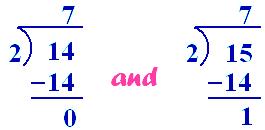
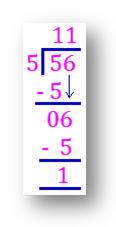
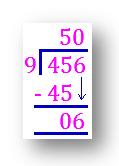
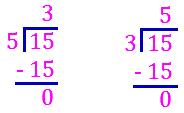
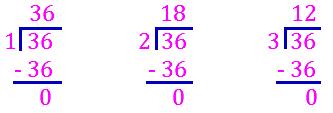
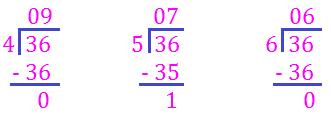






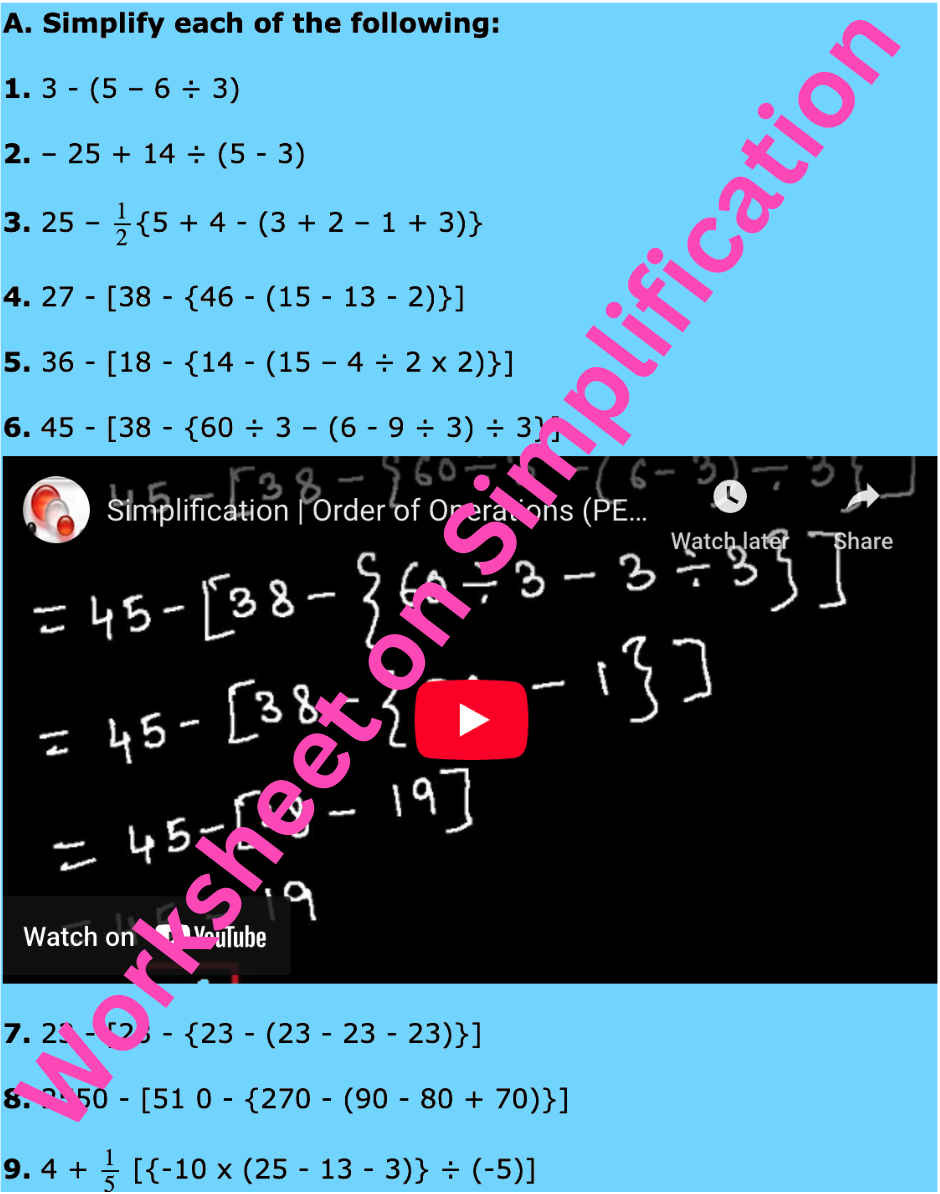

New! Comments
Have your say about what you just read! Leave me a comment in the box below. Ask a Question or Answer a Question.